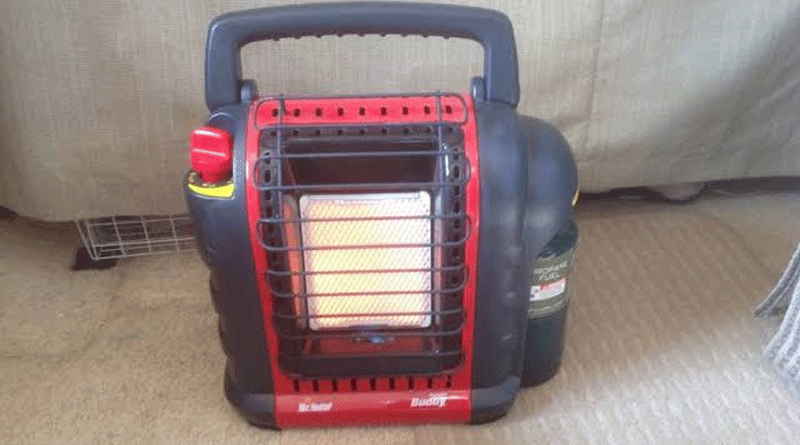Best Choice Propane Heater to Use with Biogas
A Propane heater is a portable heating unit that runs on liquefied petroleum gas (also known as LP gas or propane). Propane is also the fuel of choice for many conventional whole house furnaces, especially in rural parts of the U.S. where natural gas is not yet available. Natural gas must be piped to a home, whereas propane can be stored in an on-site refillable tank. Because propane heaters and furnaces already are popular in rural communities, the potential to fuel them with biogas produced on site or locally at farms and landfills is very good. Biogas is frequently manufactured in rural communities as a way to make constructive use of animal waste created by hog and dairy farms.
How do you choose the propane heater that is right for you?
The first thing to do is determine how much heat you want from your propane heater and then determine the size of the living area you want to heat. Calculate the total cubic feet of the area you plan to heat by multiplying the length by the width of the room. Next, calculate how much you want to increase the temperature of the room in which the heater will be placed. You can calculate this desired temperature increase by subtracting the temperature you want the room to achieve from the average current temperature in the room.
Finally, to find the number of BTUs you will need from your propane heater, plug your numbers into the following formula:
Total Cubic Feet X .133) X Desired Temperature Increase = BTUs Required.
The number you get at the end of the equation (under BTUs required) is the number of BTUs you want to see advertised on the box of the propane heater you decide to buy. Write that number down before you head off to the home supply store so you don’t forget it. Propane heaters typically are used to heat garages, workshops or small rooms that can’t be serviced by a conventional gas furnace. LP (propane) furnaces are comparable to natural gas furnaces in efficiency and burn very cleanly. They come with three different efficiency levels: 95%, 93% and 80%. If you are thinking of replacing a high-cost coal or oil furnace with a propane furnace, aim for at least 93% efficiency unless you don’t plan to stay in your house for more than a year. Choosing an 80% efficiency propane furnace will result in higher fuel bills that will negate the lower cost of the furnace over time (unless you live on a farm and can use your own biogas instead).
To use biogas in a propane heater or LP gas furnace, the biogas must be purified to the same quality as natural gas. This can be done but may require specialized equipment. If you have a public utility that already uses biogas and can supply it to your home (many already refine biogas by tapping landfills and farms) then you are already good to go. Using biogas in that case is a simple matter of calling your public utility and making inquiries. If you have your own on site supply of biogas, talk to your contractor about what kind of equipment you need to refine the gas to LP furnace quality. You may even be able to obtain federal funding to convert farm waste to biogas.

